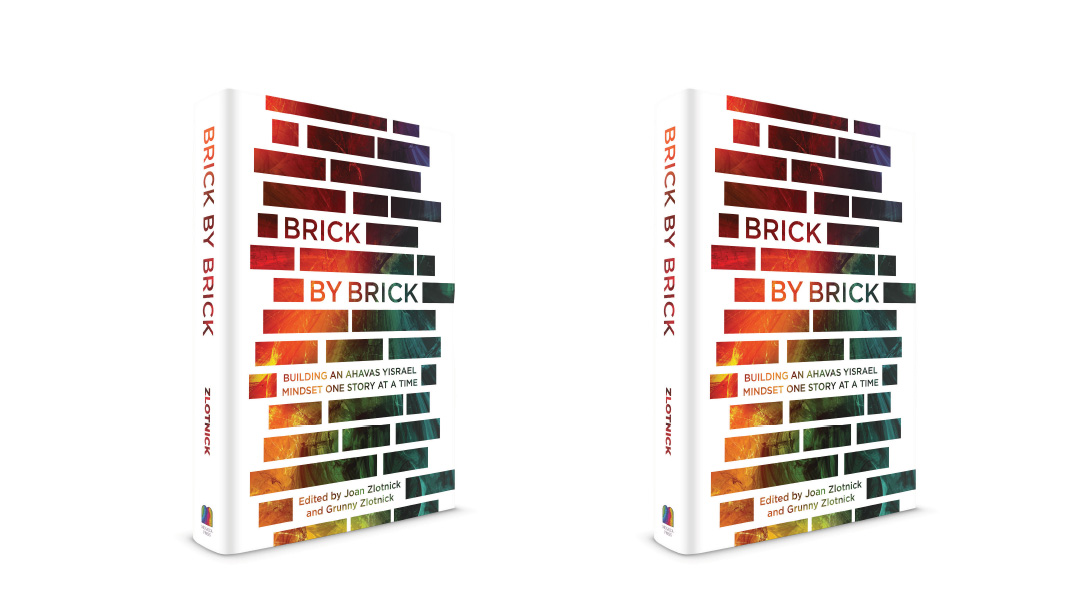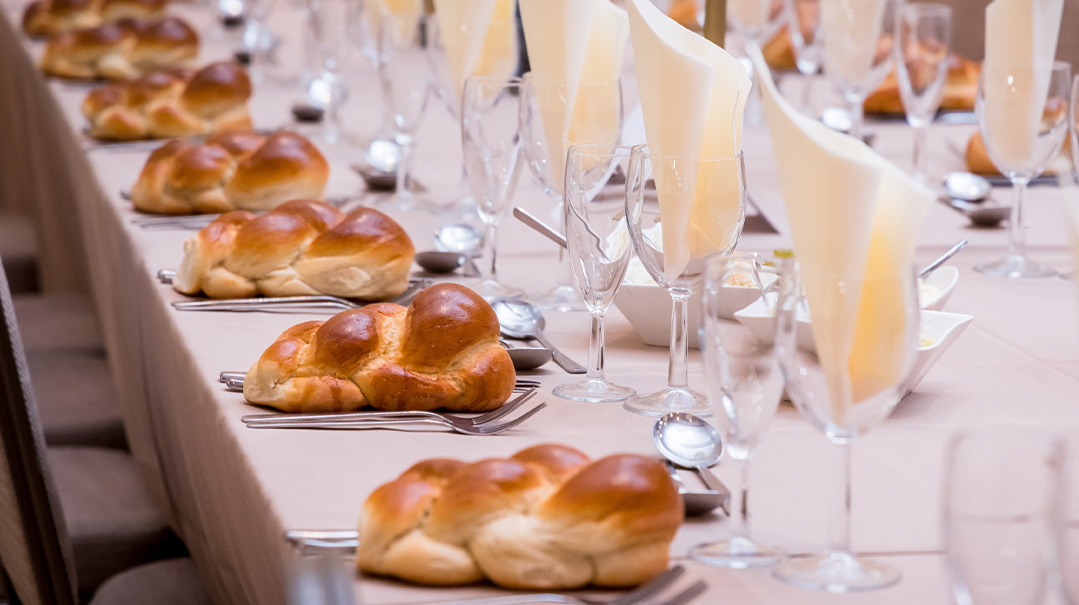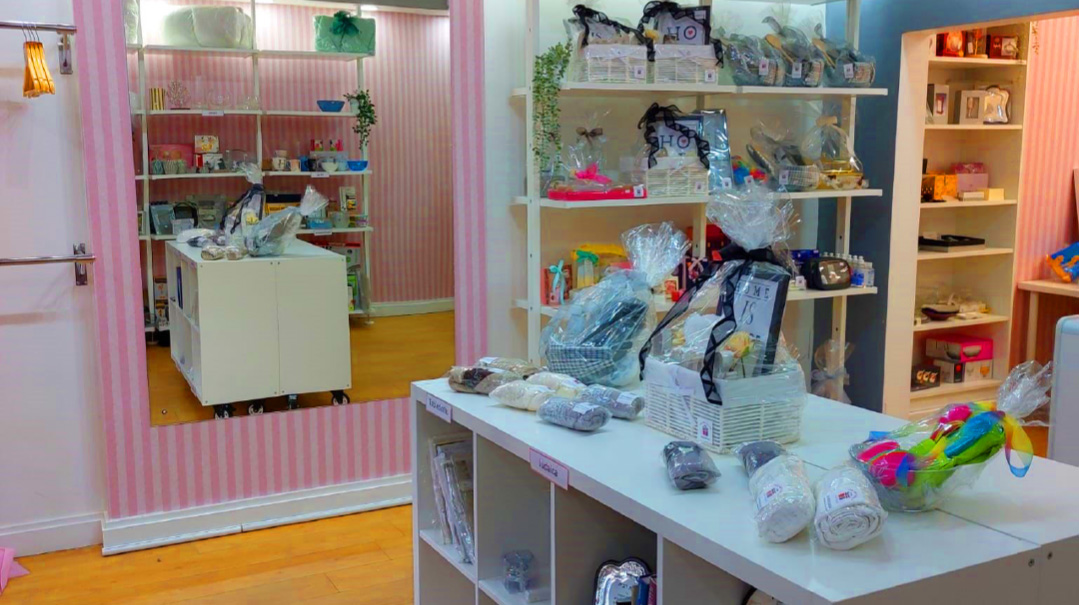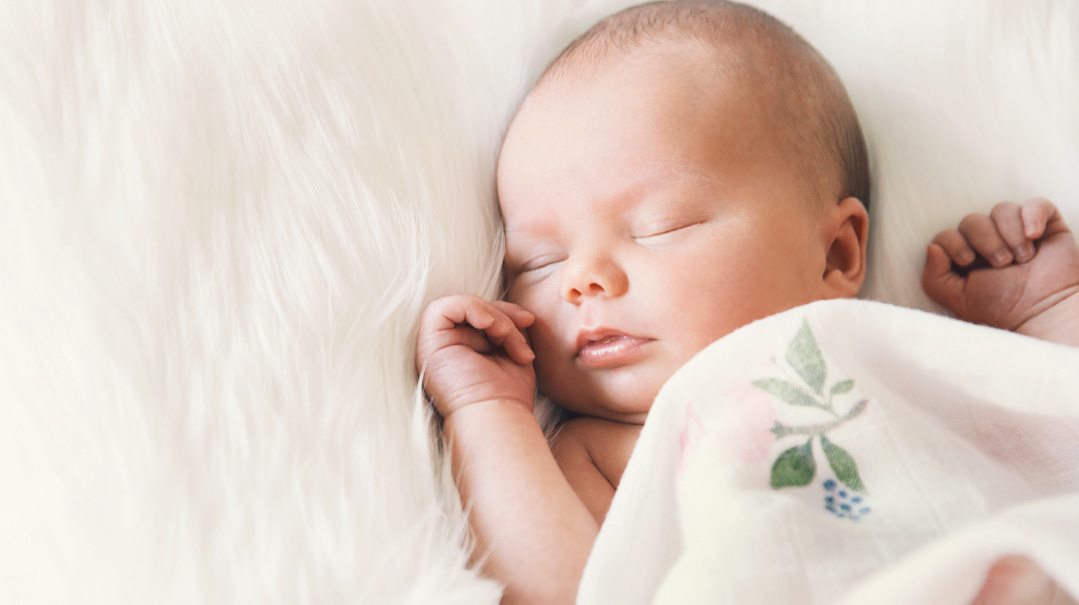Meet… Elissa Felder
| September 28, 2022When Elissa Felder’s life went dark, she sought ways to bring light to others
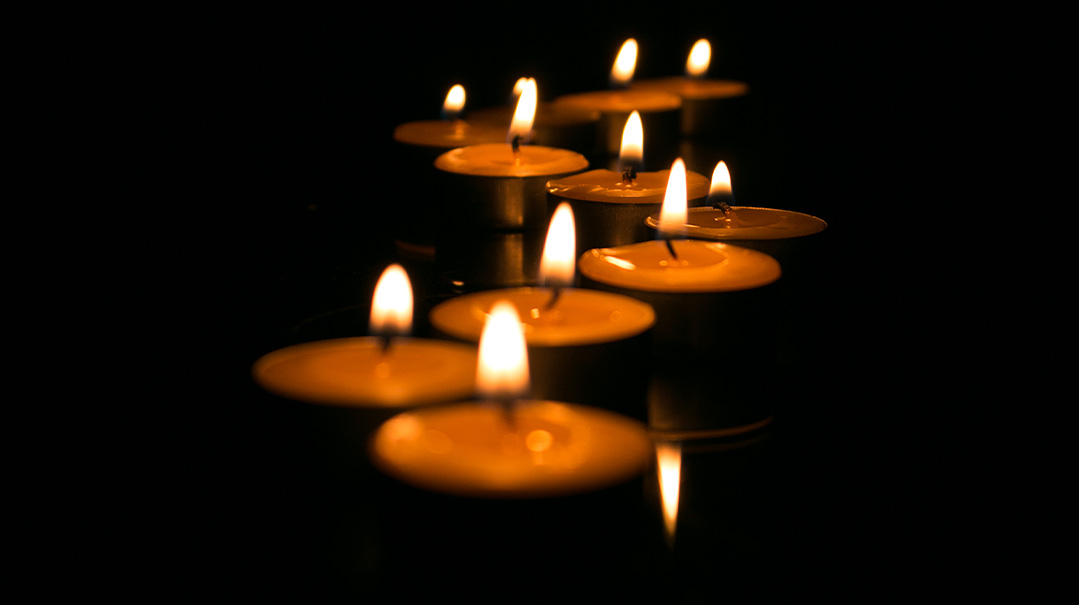
Growing up in Brixton, London, in the 60s and 70s, I was exposed to a somewhat diluted form of Judaism. Your average Jew in that area attended an Orthodox synagogue, but wasn’t observant or even knowledgeable. I went to shul on Shabbos, but I drove there.
As a teen I joined the Jewish Youth Study Group (JYSG), and was able to connect with other Jewish teens. Together with qualified teachers we explored some of our burning questions. My thirst for knowledge and understanding only grew stronger.
I left England in 1981 to attend McGill University in Montreal, and there I was blessed to be exposed to real Torah Judaism. I built connections with observant families and realized that this was the direction I wanted to take.
After graduation, I returned home and met my husband — a Jewish US Air Force doctor who was stationed on an American base in England. In 1985 we married and moved to Washington, D.C., where my husband began his residency in family practice, and I went to nursing school.
Blessing and Loss
After four years of trying to start a family, we were finally blessed with a pregnancy. But it was filled with anxiety at every turn — the baby’s head was too small, his kidneys had potential issues, his heart wasn’t looking healthy… We davened for all to be well.
In 1989, I gave birth to Sam, named for his grandfathers. Immediately, we were faced with a slew of medical challenges. My husband and I were determined to be Sam’s advocate in every regard, running to doctors’ appointments and tests, all the while hoping that he would live a long, healthy life. This is my baby, I told myself. I’m his mother and no one else will ever love him as much as I do.
The tests that were available then couldn’t diagnose Sam’s condition, so the doctors recommended open-heart surgery. Sam was a little more than four months old when he was taken into surgery. He died on the operating table.
Even as a young teen, I was curious about life and death. Why are we here? What happens when we die? Now, at age 26, I was forced to confront the stark reality of death in a way I’d never had to before. Older people died — but babies? My baby? My world went very dark.
We had prayed for Sam to be healthy and live a full life. Now what? I had taken care of him in life and wanted to know that he was safe now and didn’t need me anymore. My maternal instincts were on overdrive, and the intellectual curiosity of my teenage years now filled my present.
At this sensitive time, before the funeral, a friend of mine in the D.C. community reached out. Her father was an active member of the chevra kaddisha in New York, and she asked if she could create a local chevra kaddisha to wash Sam. Wash him? Why?
While I didn’t understand what they were doing, it was a huge source of comfort knowing that friends of mine were caring for my baby in this way. They even made baby-sized shrouds for him. It felt holy. It felt right.
My Mission
My life changed when Sam died. We left Washington, D.C. and wound up in Providence, Rhode Island. We’ve been living here for the past 25 years and have since been blessed with five healthy children. At some point, motivated by the memory of my friends washing Sam, I joined the local chevra kaddisha.
A few years ago, Aliza Bulow launched Core, an initiative to develop, support, and strengthen frum women. I was invited to participate in the first training program and graduated two years later as a Mentor, Mashpia, and Counselor (MMC). As part of the course we were tasked with implementing a project that would have an impact on the Jewish people. So just over a year ago I created an international community of women who all perform taharos and assist in the chesed shel emes of the chevra kaddisha.
Learning and Growing
As part of the professional development initiative for our community of practice, we invited Rebbetzin Yehudis Golshevsky of Eretz Yisrael to teach the mystical interpretations about the work of the chevra kaddisha. Together on Zoom, we studied the sefer Maavar Yabok — an invaluable source in understanding the various minhagim of the taharah process.
Learning this material helped us all feel more passionate and honored to be engaged with this holy mitzvah. It was life-changing even for those of us who had been in the field for many years. We learned about how cleaning the body is analogous to cleaning the soul; in doing so, we become G-d’s partners in bringing the nifteres to the Next World in an elevated state.
As we wash the meis in our care we say pesukim from Shir Hashirim that speak about each body part in its most elevated status. We, the living, declare, “Tehorah hi. Tehorah hi. Tehorah hi. — She is pure. She is pure. She is pure.” We have the ability to bring the greatest source of impurity (a dead body) to a state of taharah.
Our Core community now has over 350 women in its chevra kaddisha. We give each other chizuk, learn together, share our experiences, and ask advice. The network has also enabled us to arrange kosher burials for people who didn’t live near a Jewish community.
Core has a variety of communities that include so many amazing and giving women. As the facilitator of Core’s Communities of Practice, I’m able to create connections between the various groups. Kallah teachers sometimes need the assistance of therapists. Chevra kaddisha members may want to consult with bereavement specialists. I’m on all the different group chats and I can refer questions from one group to another so we can benefit from the unique skills and knowledge each person has.
An Everlasting Gift
I find that both observant and nonobservant Jews are often thirsty to know more about death and the afterlife. In my experience, there’s a great comfort in understanding how we care for the dead and how our mourning practices reflect what we believe.
When we bury the body, we are only planting it, like a seed, so it can be rejuvenated in the era of techiyas hameisim. The soul’s separation from its body is temporary. The relationship with our deceased loved one isn’t over either. We are only temporarily separated, and even down here we can do mitzvos to elevate the departed souls of our loved ones.
The death of a loved one creates a hole in our hearts that frankly, never goes away. For the rest of my life I will mourn the loss of Sam. At the same time, though, I want to live my life as fully as possible. Death has taught me not to sweat the small stuff because there’s a much bigger picture than this life.
Between Worlds
I’m now in the process of finishing a book — a memoir about losing Sam and my attempt to share what I’ve learned as I searched for where my baby went. I discuss what happens in the space between death and burial, what the chevra kaddisha does and why. If just a few more people will get comfort from my book, if just a few more people receive a proper burial, it will have accomplished its purpose, and given more meaning to Sam’s life.
A few years ago we had another massive tragedy in our family — my daughter’s baby died at three months of age. It took immense strength to be on the chevra kaddisha for my own granddaughter. I had a thought that maybe that’s where Hashem was leading me all along: to do this one mitzvah and bring greater comfort to my own daughter, just as my friends had done for me.
It’s a very powerful experience to be present at the taharah of someone you knew and loved — to send them into the Next World in the best way possible. Aside from burying Sam, it’s probably the hardest thing I ever did. And it felt right.
My favorite books:
The Choice by Dr. Edith Eva Eger and The Road to Resilience by Sherri Mandell
My version of self-care is:
Relationships. When I connect with people, especially family and particularly my grandkids, it brings me to life.
My mantra:
“Live for the things you’re willing to die for.”
Elissa can be reached through Mishpacha.
(Originally featured in Mishpacha, Issue 812)
Oops! We could not locate your form.

